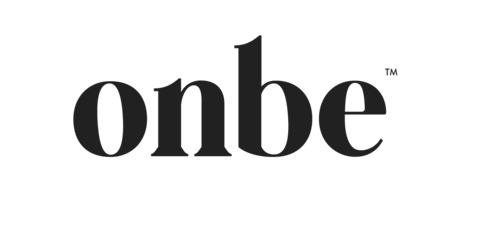Fast, Convenient and Secure: 70% of Consumers Prefer Digital Payments, Onbe Future of Payments Survey Reveals
Fast, Convenient and Secure: 70% of Consumers Prefer Digital Payments, Onbe Future of Payments Survey Reveals
While nearly one third of respondents expected to increase cash usage in the 2022 survey, that figure drops to 8% in 2023, as more than 70% prefer digital payments and 60% of respondents see them as more secure.
CHICAGO & PHILADELPHIA--(BUSINESS WIRE)--Onbe, a market-leading corporate disbursements platform, today published its 2023 Future of Payments Survey, finding that digital payments continue to drive US consumer preferences in today’s connected economy. 70% of respondents prefer to receive payments digitally and 73% prefer to shop and pay with digital methods, including in-app and peer-to-peer payments, the survey found.
Onbe’s second annual survey comes at a time when understanding how consumers’ preferences for digital payments solutions serves a vital purpose in helping businesses offer the right mix of payment forms to meet the needs of consumers.
"At Onbe, we continue to deliver the digital payments solutions that are consumers’ preferred method of payment, with over 70% preferring digital payments and 63% of respondents viewing them as the most secure form of payment. Our 2023 Future of Payments Survey affirms for the second year that digital modalities will continue to be a key driver for US consumer payment preferences,” said Bala Janakiraman, CEO of Onbe. “As we continue to see this trend grow, it's vital for businesses to offer the right mix of payment forms to meet their customers' needs. We're proud to have helped our clients create modern, agile, and compliant disbursement operations to meet this demand."
The 2023 Future of Payments Survey asked 1,230 consumers 29 questions during January of 2023, seeking to identify consumer payment preferences and what they value most when receiving payments from businesses and transferring money. It also explored which payment technologies consumers plan to try and which modalities they plan to use less frequently. The findings include:
- 59 percent of consumers say that when they receive an incentive from a brand, they spend it with that originating brand either some or all of the time, revealing an opportunity for brands to drive spend-back by promoting products and special offers at the time of payment.
- 70 percent of consumers prefer receiving digital and electronic payments.
- 48 percent of consumers say global payment capabilities and the ability to exchange their payments to a foreign currency are important and valuable, respectively.
- 63 percent of consumers believe digital payments are the most secure as opposed to other forms of payments, including money order, cash or check.
- Nearly one quarter of respondents say they plan on using cash less frequently or not at all next year.
- Just 8 percent plan to use cash more next year, down from one third in 2022, further evidence that cash usage is decelerating while consumer preferences for fast, secure, and easy digital options increase.
In the past year, Onbe has seen the continued rapid adoption of digital payments, and has worked to help companies create modern, agile and compliant disbursement operations. Onbe processes disbursements for companies ranging from the mid-market to Fortune 500. Onbe was recently recognized with four best workplace awards from Built In, specifically, the Remote Best Midsize Place to Work, Remote Best Place to Work, U.S. Best Midsize Place to Work and U.S. Best Place to Work awards.
To view the full Future of Payments Survey report, visit www.onbe.com.
About Onbe
With more than 25 years of industry experience and offices in Chicago, Philadelphia and London, Onbe is a fintech that manages and modernizes customer and workforce disbursements for corporate clients ranging from mid-market to the Fortune 500. Onbe's team of experts and technology platform offers clients a turnkey solution to offload their entire B2C payment operations, relieving them of the cost, complexity and risk that come with orchestrating these payments in-house. Backed by top-tier investors, Onbe delivers on today's consumer expectations for instant, digital and seamless payments. To learn more, visit www.onbe.com and follow us on LinkedIn.
Methodology
The 2023 Future of Payments survey is the second iteration of Onbe’s annual payments market research survey. Its purpose is to learn how consumers prefer to make and receive payments in their daily lives, as well as their expectations for present and future payment experiences. Respondents were asked to complete an eleven-minute survey with 29 questions. We received a total of 1,230 responses, collected from across the United States and from demographics reflective of national diversity. Respondents must have been at least 18 years of age to qualify for the survey; another piece of qualifying criteria consisted of respondents needing to have made or received a payment within the previous six months.
Contacts
Joseph Netto
joseph.netto@onbe.com
